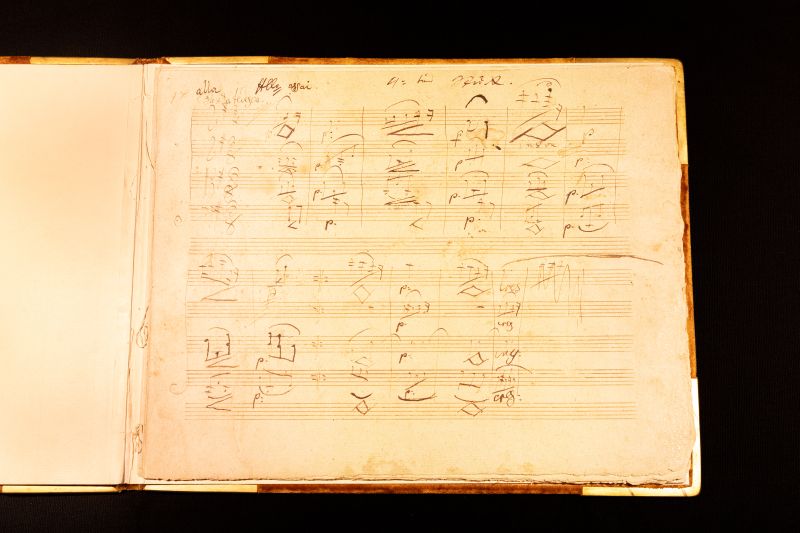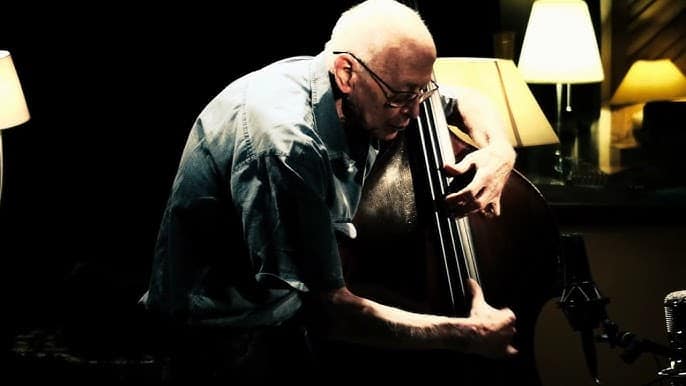Slippedisc daily comfort zone (56): This should have been the Waldstein Sonata
mainBut Beethoven changed his mind and left it out.

But Beethoven changed his mind and left it out.
The autograph manuscript of the fourth movement of…

Following two excoriating articles in the UK press…

The US jazz bassist Barre Phillips, resident in…

Franz Welser-Möst has pulled out of the opening…

Session expired
Please log in again. The login page will open in a new tab. After logging in you can close it and return to this page.
Hearing Richter play this, it is
as beautiful as spring itself.
The picture is quite wonderful, too. Thanks. This made my day.
Interesting to compare this piece with the Czerny in the other post. Because here, Beethoven did not intend something spectaculair but a softly pleasing piece, as Czerny always does. And yet, B includes little surprises which escape the predictable, especially by the end. It would be an instructive study of ‘the classical style’, the musical language which gives a basis of general rules with enough openness and flexibility to be effectively manipulated by an authetic personality. This offers a form of psychological complexity which is, in the same time, entirely and directly understandable on hearing. Would be benefitting for people like Georg Friedrich Haas, Olga Neuwirth or Tom Ades.
Haas and Neiwirth probably don’t get it. But Adès is a smart guy, he could make a modern orchestration, as he did with Couperin.
I trust Beethoven’s judgement. The piece as a whole works better as written: with the short, mysterious Introduzione between the opening Allegro and the Rondo.
And the Andante Favori works well as a separate piece, which would not have been the case with the Introduzione.
Beethoven did the right thing. The Andante Favori just isn’t that interesting. On the other hand, the relatively brief Adagio molto that he wrote to replace it is inspired.
Indeed.
Beethoven’s final decisions were final decisions. The Waldstein’s second movement is perfect as it is, as is Op 130 with the final Allegro.
The Andante Favori is a most charming compositional ‘Splitter’ that deserved to become a sonata on its own, with new first and final movements.
The “Andante favori’s” last bars are strangely like those of the Gand Fugue, like a simpler schematic sketch of them.